Nanotechnology and critical raw materials, 10th Ludwig Boltzmann Forum 20 February 2018
Wolfgang Kautek, Professor for Physical Chemistry at University of Vienna, Member of Scientific Board of Austrian Research Associations, President of the Erwin Schrödinger Society for Nanosciences (ESG), Chairman of the Research Group “Physical Chemistry” of the Austrian Chemical Society (GÖCh)
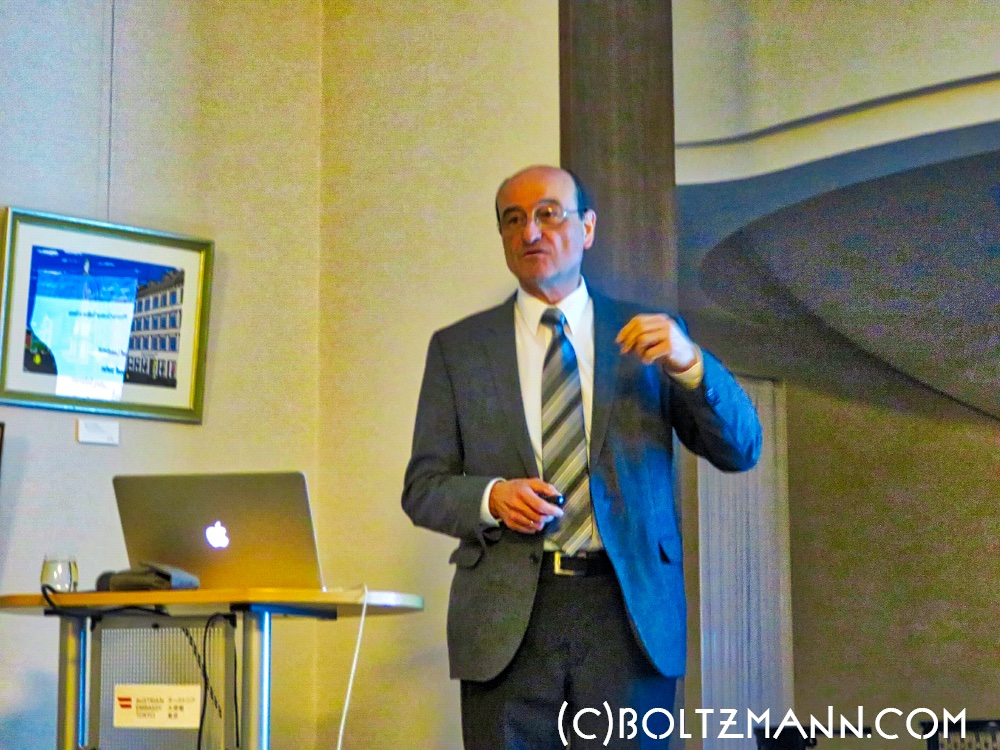
Modern nanotechnology is rapidly advancing in areas such as digital technologies (e.g. flat panel displays), lighting technologies (e.g. White LED’s), electric mobility (high performance permanent magnets for electrical motors), catalysts (e.g. for car exhaust treatment), and medical diagnostics and therapy. These technologies cause an exponential increase of the demand of Critical Raw Materials (“CRMs”, Fig. 1, Table 1).
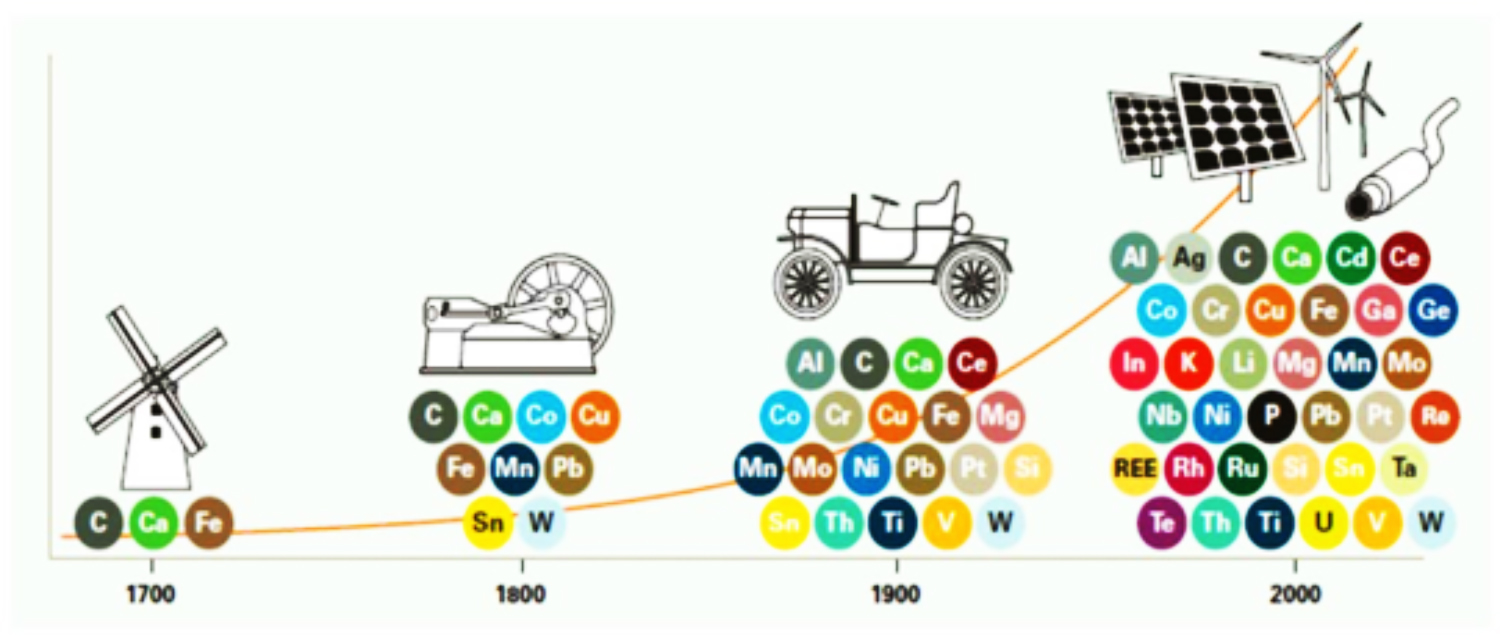
(© Zepf V., Reller A., Rennie C., Ashfield M. Simmons J., “Materials critical to the energy industry. An introduction”, BP (2014), 2nd edition, ISBN 978-0-9928387-0-6)

(Examples from European Union 2014, “Report of the Ad hoc Working Group on defining critical raw materials”)
This is in contrast to a world-wide extremely diverse production concentration and mining activities (Fig. 2) leading to supply risks which are influenced by market concentrations, producer governance indicators, substitutability, and recycling rates.
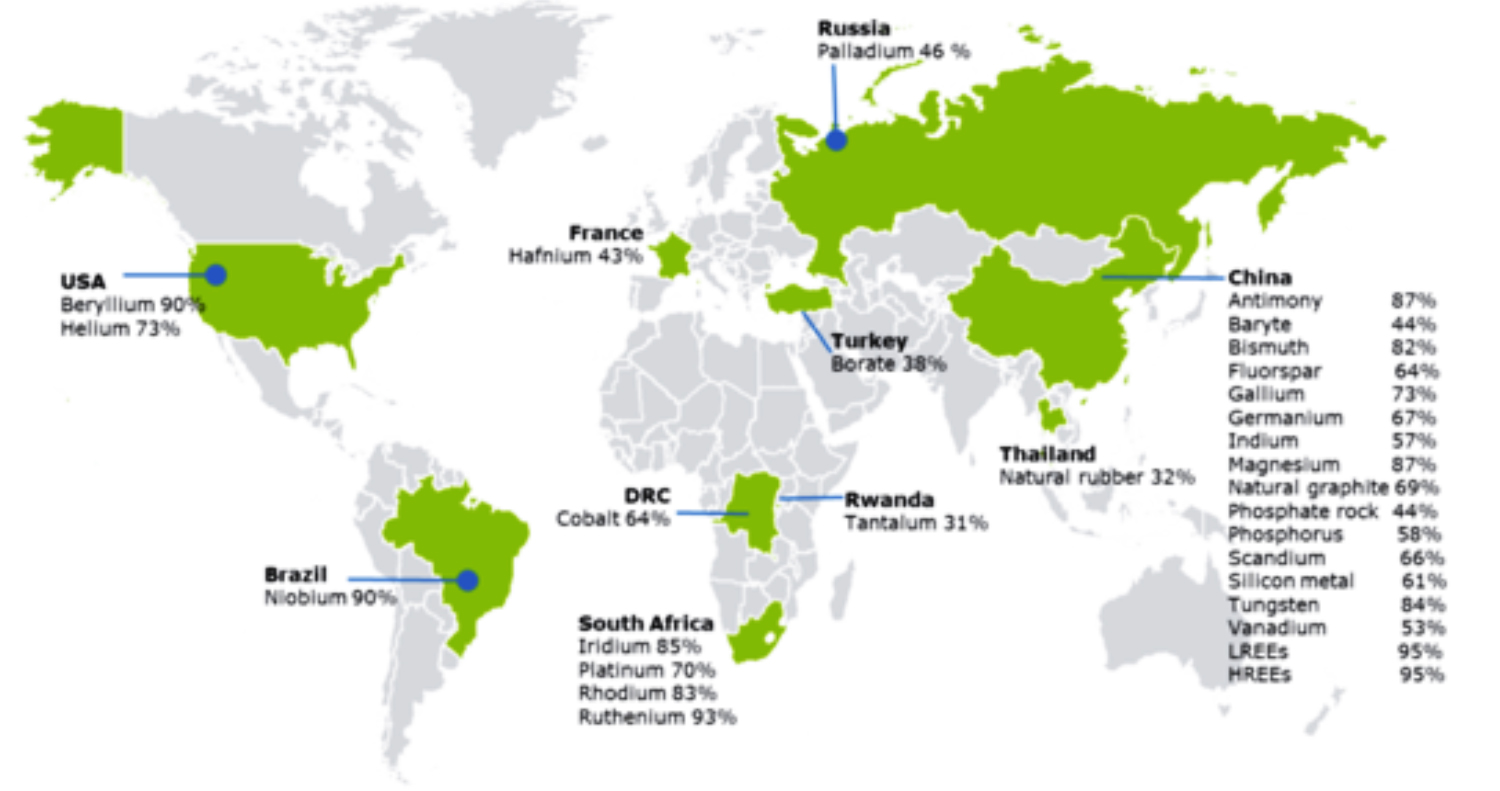
(© European Union, 2017: „Study on the review of the list of Critical Raw Materials – Final Report”, doi:10.2873/876644)
Therefore, concepts of recourse decoupling, between economic activity and resource use, have to be targeted. Examples of the author’s current research in graphene nanosheets as transparent conductors (Fig. 3) and the laser generation of colloidal nanoparticles for tumor diagnostics (Fig. 4) are discussed in awareness of critical raw material and conflict resources.
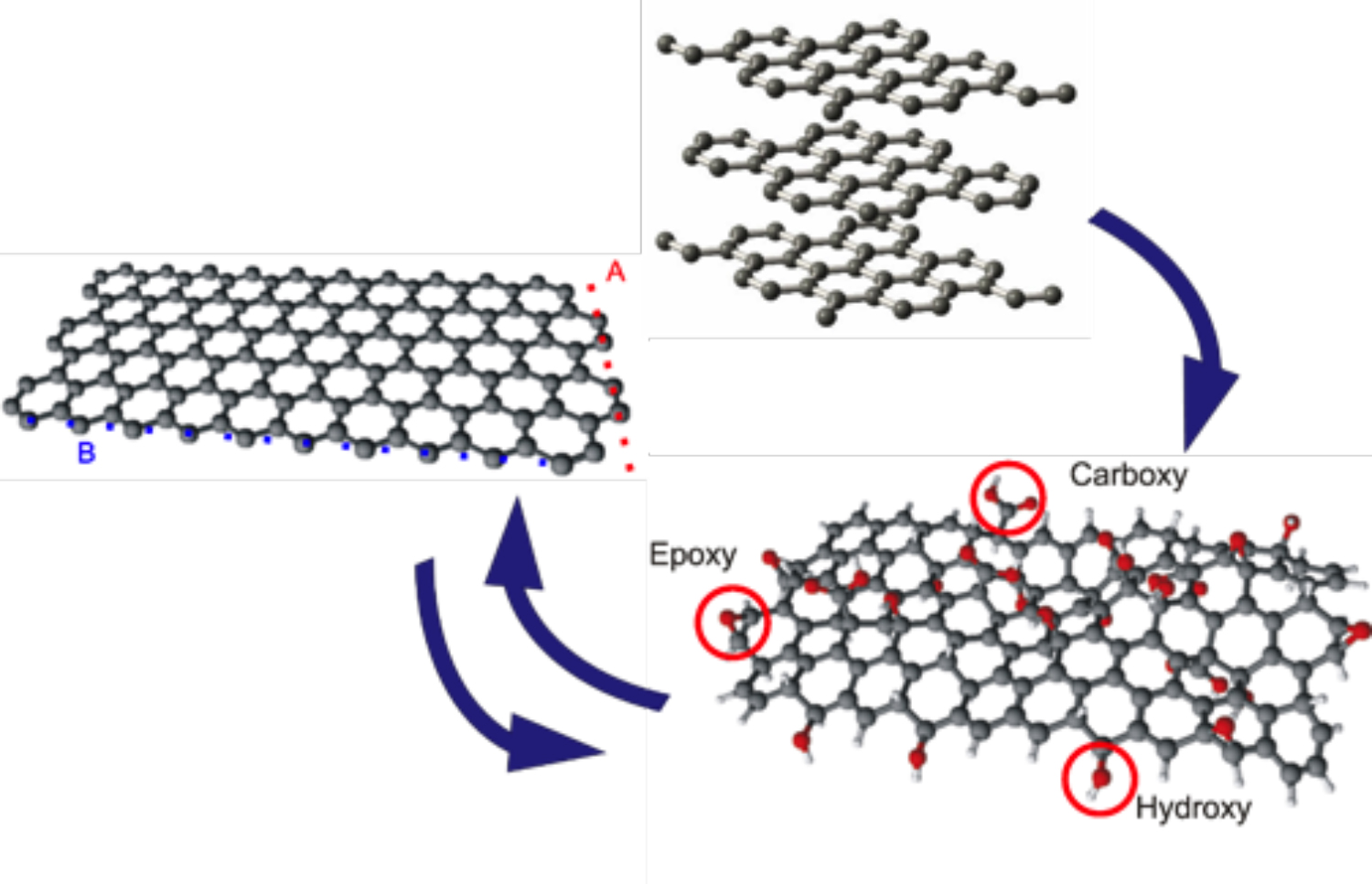
(© M. Pfaffeneder-Kmen, F. Bausch, G. Trettenhahn, W. Kautek, J. Phys. Chem. C 120 (2015) 15563–15568; M. Pfaffeneder-Kmen, I. Falcon Casas, A. Naghilou, G. Trettenhahn, W. Kautek, Electrochim. Acta 255 (2017) 160-167)
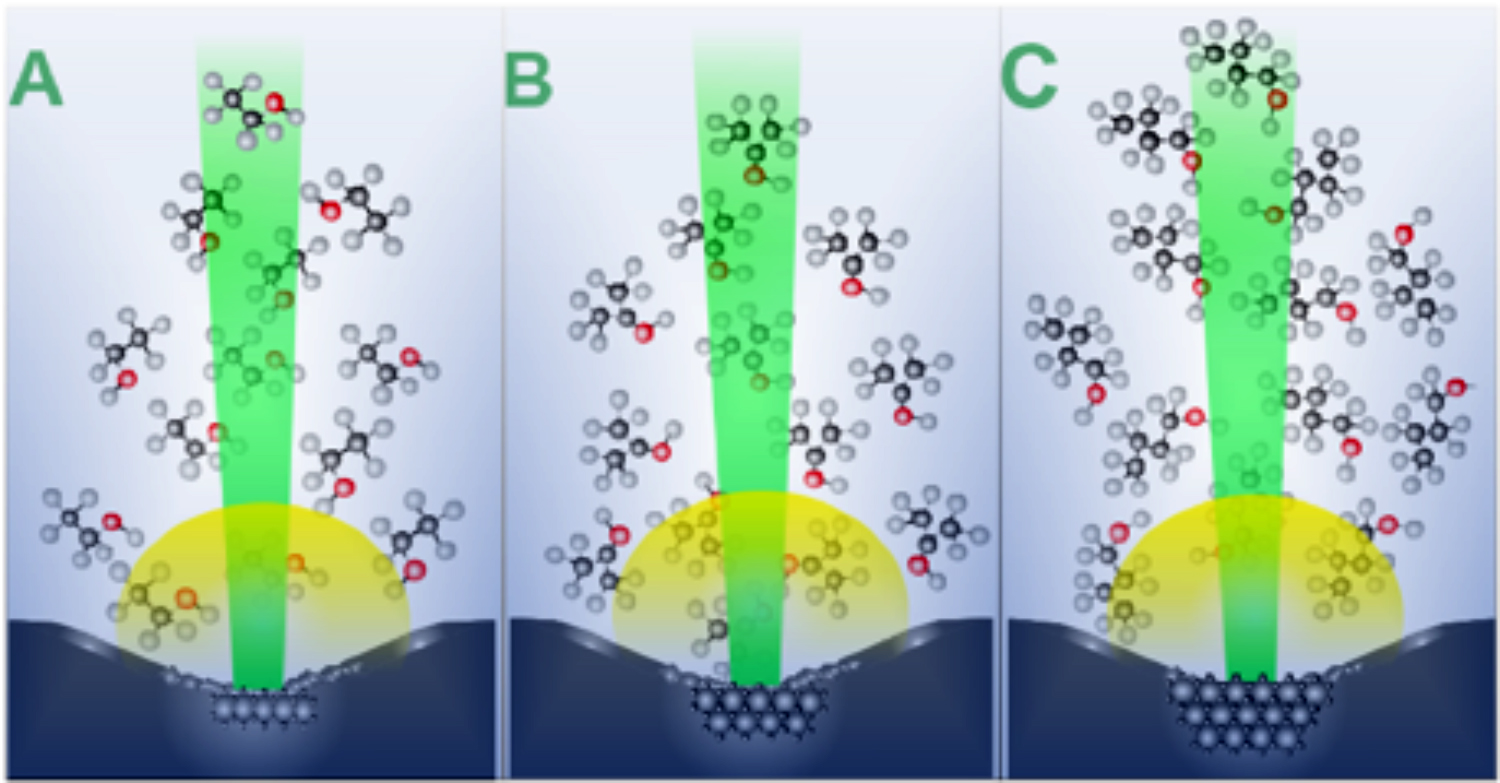
(© N. Lasemi, U. Pacher, C. Rentenberger, O. Bomati Miguel, W. Kautek, ChemPhysChem 18 (2017) 1118–1124; N. Lasemi, U. Pacher, L.V. Zhigilei, O. Bomati-Miguel, R. Lahoz, W. Kautek, Applied Surface Science 433 (2018) 772–779)
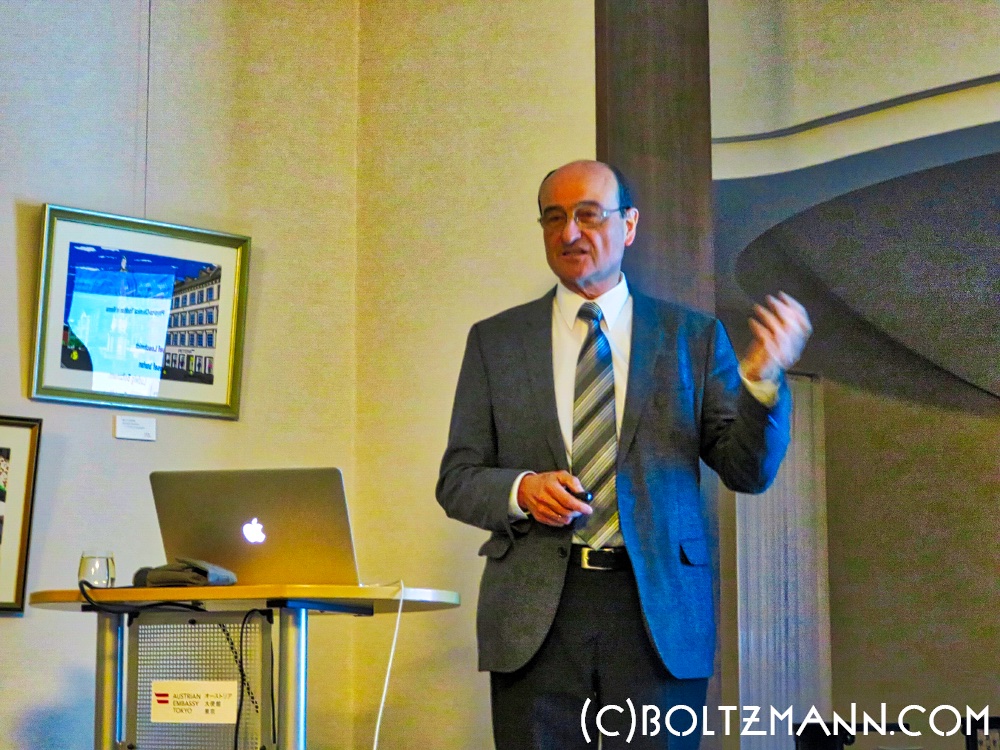
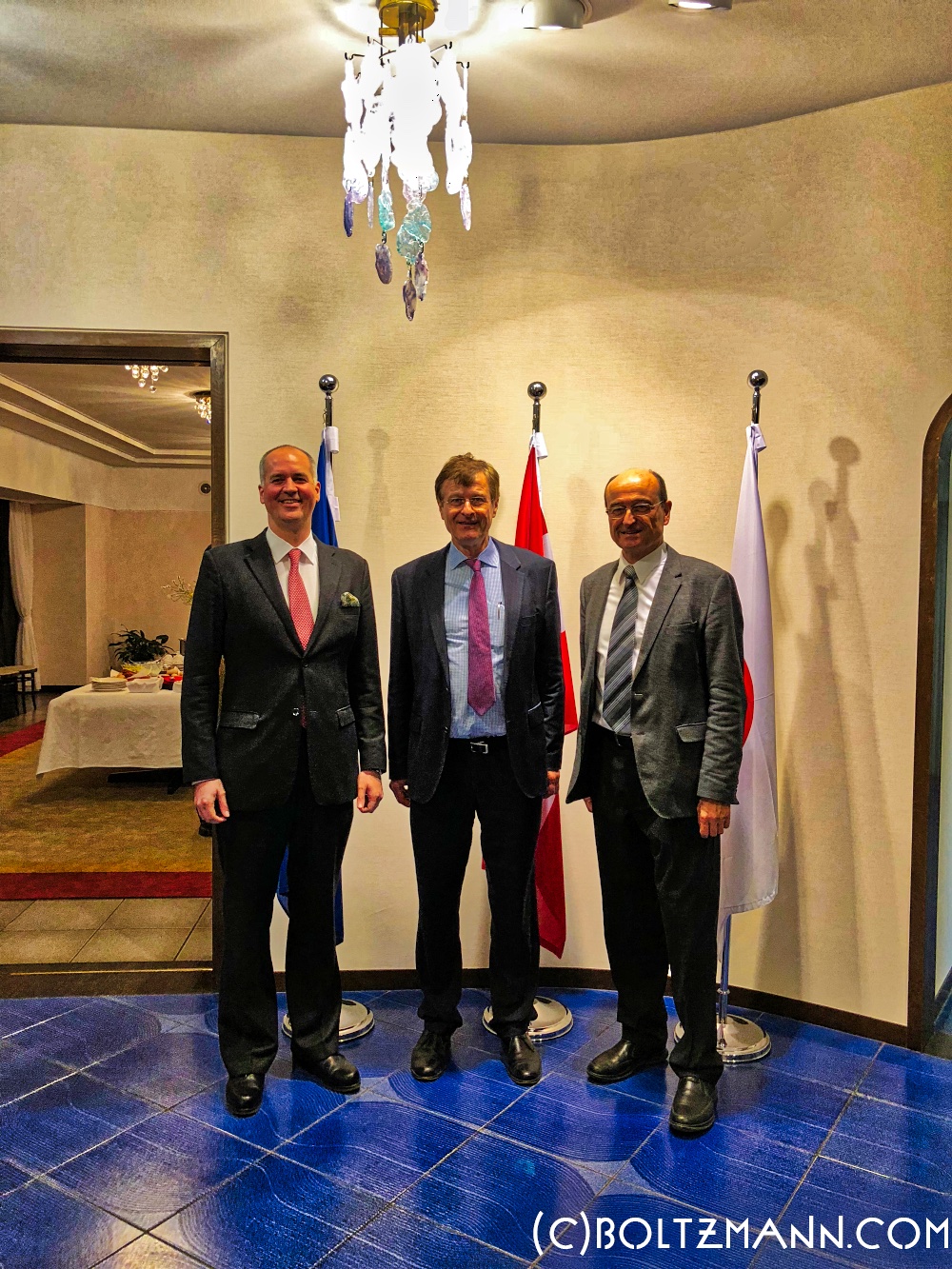
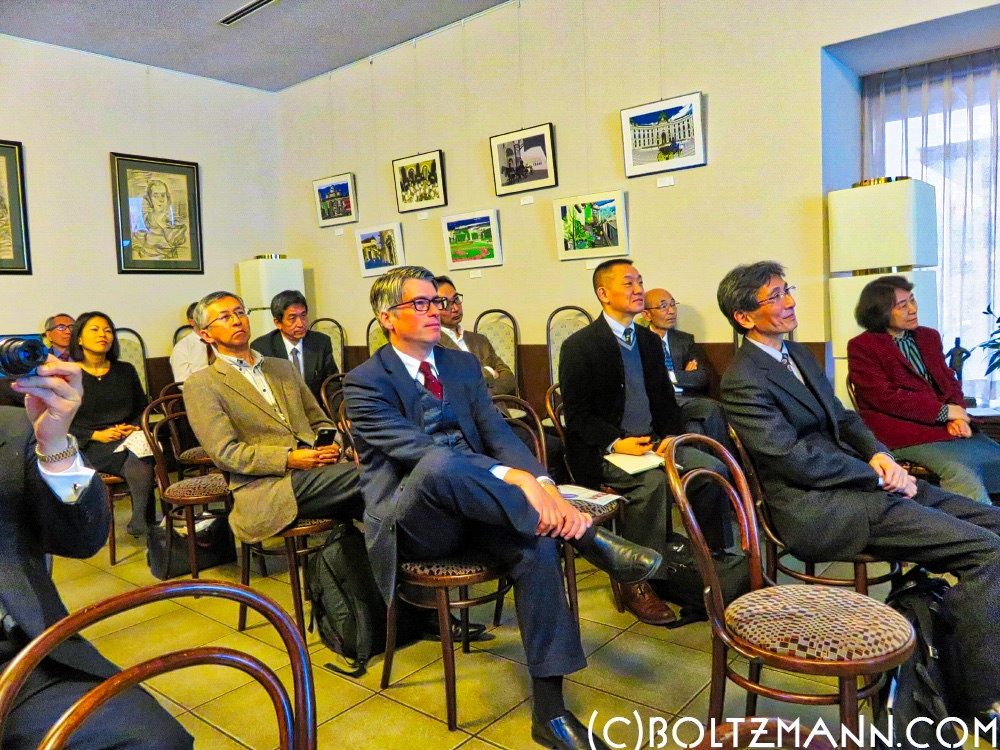
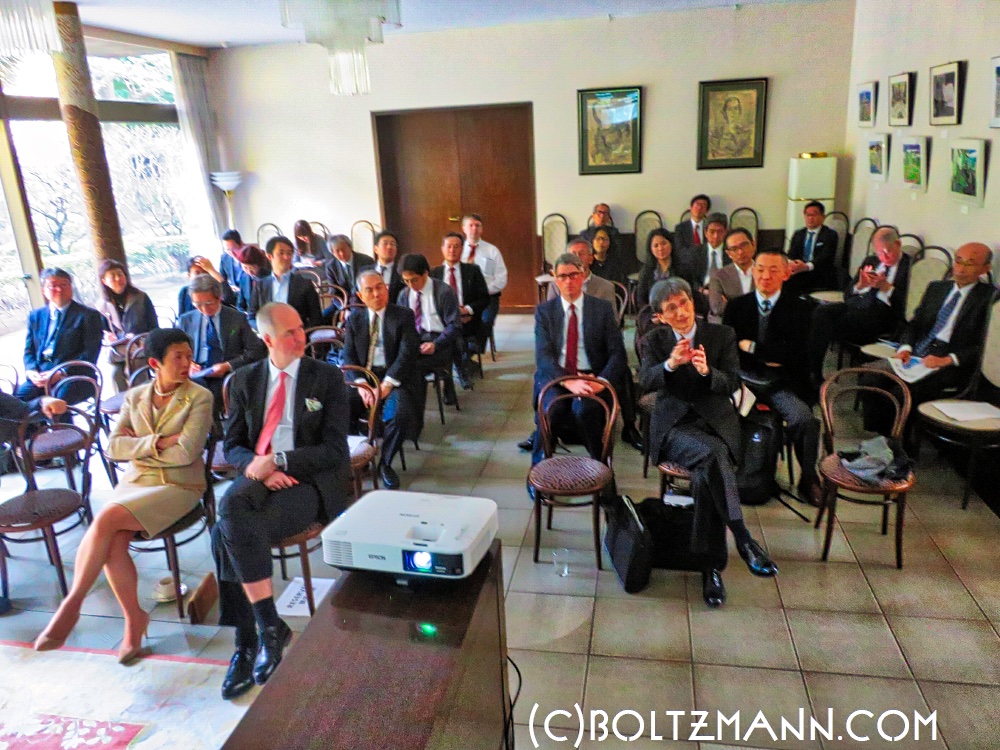
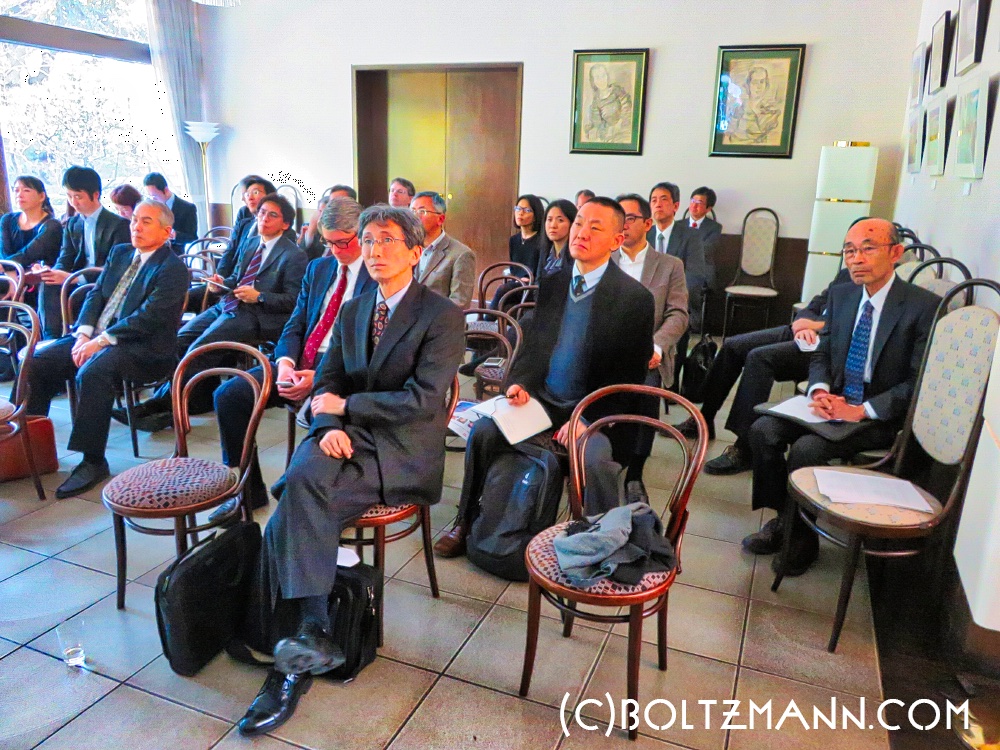
Copyright (c) 2018 Eurotechnology Japan KK All Rights Reserved
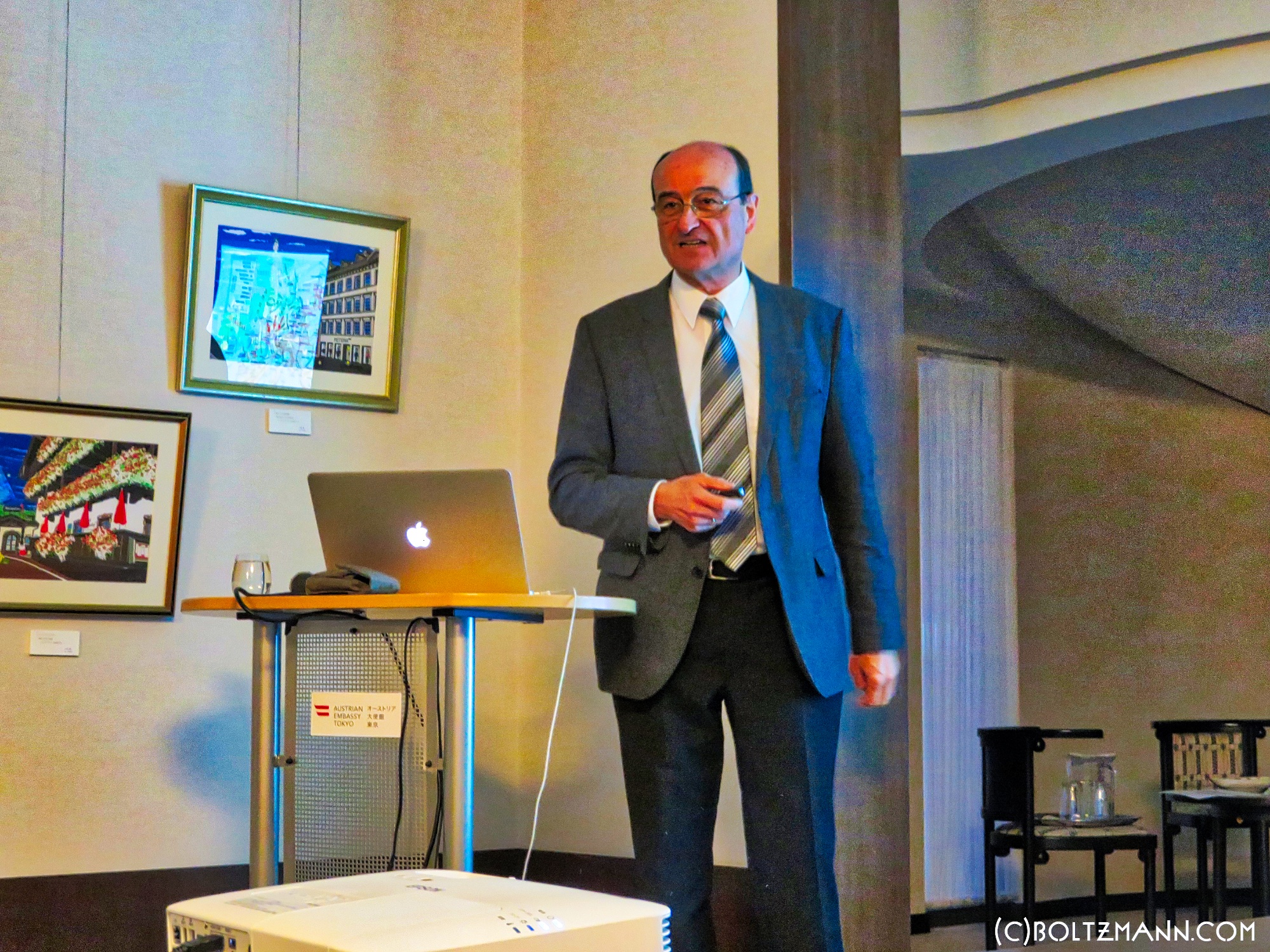
Leave a Reply